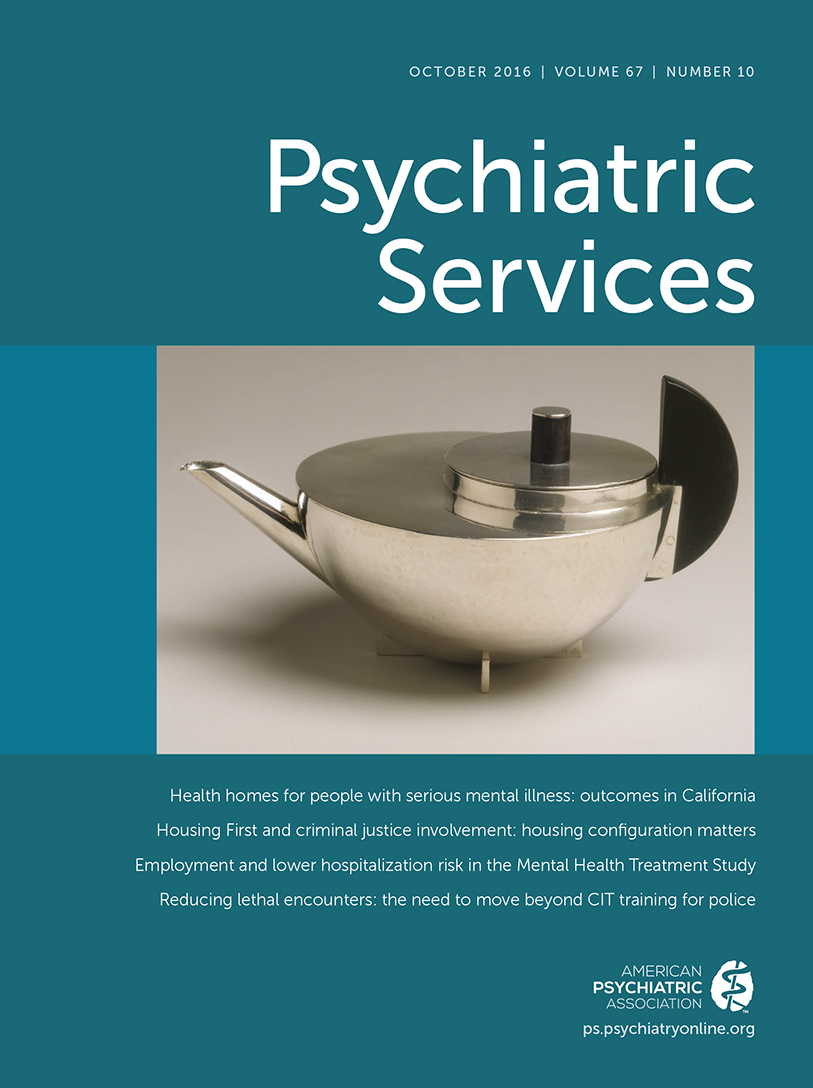Predictors of Employment Burnout Among VHA Peer Support Specialists
Abstract
Objective:
This study evaluated three domains of job burnout (emotional exhaustion, depersonalization, and personal accomplishment) and factors associated with burnout in a national sample of peer specialists (PSs) employed at 138 Veterans Health Administration (VHA) health care systems in 49 states.
Methods:
Data were drawn from an observational study in which participants (N=152) completed online, self-report surveys about their mental health recovery, quality of life, and employment experiences at baseline, six months, and 12 months. Levels of burnout were analyzed at each time point, and regression analyses that controlled for baseline levels identified potential predictors of burnout (demographic, clinical, and employment characteristics) at six and 12 months.
Results:
Compared with previously published burnout levels of other mental health workers in the VHA, PSs reported similar levels of emotional exhaustion, depersonalization, and personal accomplishment. At baseline, increased burnout was correlated with white race, fewer hours providing direct services, greater psychiatric symptoms, and lower self-efficacy. However, analyses did not reveal strong predictors of burnout scores at six or 12 months.
Conclusions:
In the first study to prospectively examine job burnout among PSs employed by the VHA, results illustrate the nuanced experience of burnout over a 12-month period and suggest the need for replication and further research on employment experiences of this emerging workforce.



